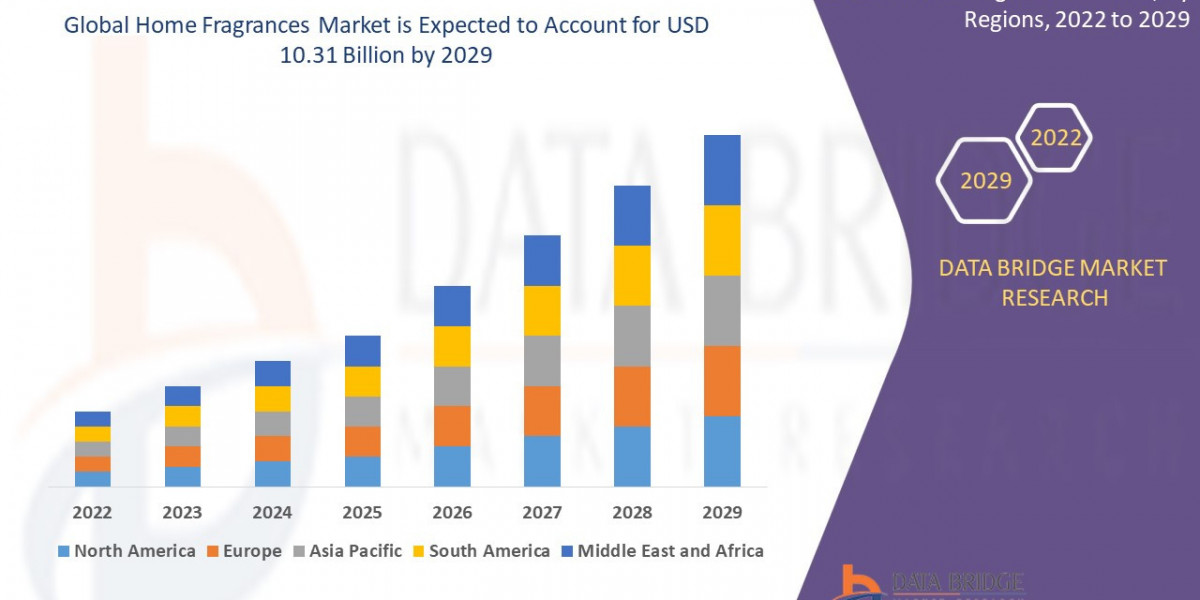The Usage-Based Insurance (UBI) market has witnessed significant growth in recent years, driven by technological advancements, changing consumer expectations, and an evolving regulatory landscape. UBI, which ties insurance premiums to real-time data collected from drivers via telematics devices or mobile applications, has quickly gained traction due to its ability to offer personalized, data-driven pricing models. The growth of UBI represents a departure from traditional insurance, providing a more transparent and flexible option for consumers. This article explores the factors driving the growth of the UBI market, the challenges it faces, and its future prospects.
1. Technological Advancements Fueling Growth
One of the primary drivers of growth in the UBI market is the rapid advancement of technology. Telematics devices, smartphones, and IoT (Internet of Things) sensors now make it easier than ever to collect real-time driving data, allowing insurers to assess risk with greater precision. These devices track various aspects of driving behavior, including speed, braking patterns, distance traveled, and even time of day, which allows insurers to offer premiums based on individual risk profiles rather than general demographic categories.
Advances in cloud computing and big data analytics also play a crucial role in UBI growth. The ability to store and process large volumes of data has enabled insurers to analyze driving patterns more effectively, leading to more accurate pricing models. As technology continues to improve, UBI solutions are becoming more scalable and accessible to both insurers and consumers, further fueling market expansion.
2. Changing Consumer Expectations
The shift in consumer preferences is another key factor contributing to the growth of the UBI market. Today’s consumers, particularly millennials and Gen Z, are increasingly looking for more personalized services that align with their values and lifestyles. Traditional insurance models, which offer fixed premiums based on factors like age, gender, and location, are no longer viewed as the most flexible or transparent approach.
UBI appeals to consumers because it provides a more individualized pricing structure. Safe drivers can benefit from lower premiums, while those with higher-risk driving behaviors are incentivized to adjust their habits. The transparency of UBI, combined with the potential for savings, has made it especially attractive to consumers who prioritize fairness and personalization. This shift in consumer expectations has led to growing demand for UBI products, driving the overall growth of the market.
3. Environmental and Social Impact
Another emerging trend contributing to UBI growth is the increasing focus on environmental and social responsibility. Many consumers are becoming more aware of the environmental impact of their driving habits, including fuel consumption and carbon emissions. Some UBI programs offer incentives for eco-friendly driving behaviors, such as reducing fuel consumption or driving more efficiently.
As governments and businesses continue to promote sustainability, UBI products that encourage responsible driving are gaining popularity. This market shift aligns with broader trends toward greener, more socially conscious solutions. Insurers are taking note of these changes and are increasingly tailoring their UBI offerings to align with these values, further fueling growth in the sector.
4. Regulatory Support and Challenges
The regulatory landscape also plays a significant role in the growth of the UBI market. Many countries are implementing regulations that encourage the use of telematics and data-driven insurance models. For example, regulators are increasingly supportive of innovations like UBI, seeing them as a way to increase fairness and transparency in the insurance market. In some jurisdictions, there are tax incentives or other support mechanisms in place to encourage the adoption of UBI models.
However, while regulations are generally supportive, there are challenges to consider. As UBI relies heavily on consumer data, concerns around data privacy and security have prompted regulators to introduce stricter laws, such as the General Data Protection Regulation (GDPR) in Europe. Insurers must navigate these complex legal frameworks to ensure they are compliant while still being able to leverage data to assess risk and offer competitive premiums.
5. Competitive Dynamics and Market Expansion
The competitive landscape in the UBI market is rapidly evolving. Insurtech startups have emerged as key players in the space, using technology to disrupt traditional insurance models. These startups are often more agile and able to offer innovative UBI products that cater to the needs of tech-savvy consumers. At the same time, established insurance companies are investing heavily in technology to remain competitive and keep up with changing consumer expectations.
The market is also seeing increased interest from emerging markets. As smartphones and internet connectivity become more widespread in developing regions, the adoption of UBI solutions is expected to grow significantly. The ability to offer flexible, usage-based premiums is particularly appealing in regions where traditional insurance models are less established, providing a growth opportunity for both insurers and consumers.
6. Future Outlook for UBI Market Growth
The future of the UBI market looks promising, with continued growth expected in the coming years. As technology advances and more insurers enter the space, the availability and accessibility of UBI products will continue to improve. In addition, the continued evolution of autonomous vehicles could lead to new innovations in UBI, as insurers will need to assess risk in new ways. For example, autonomous vehicles will likely have safer driving behaviors, which could lower the overall risk of accidents and affect pricing models.
Moreover, as more consumers embrace telematics and UBI offerings, the market will likely experience increased competition and product diversification. Insurers will need to focus on creating seamless customer experiences and providing value-added services, such as driving habit analysis and real-time feedback, to differentiate themselves in an increasingly crowded marketplace.
7. Challenges to Overcome
Despite its growth, the UBI market faces several challenges. First, there is still some resistance from consumers who are wary of sharing their driving data due to concerns about privacy and potential misuse of their information. Insurers will need to work harder to educate consumers on the benefits of UBI and ensure that their data is securely stored and used transparently.
Second, the cost of implementing UBI systems can be a barrier for smaller insurers or those in developing markets. Although the technology is becoming more affordable, the initial investment in telematics devices, data analytics platforms, and infrastructure can still be significant. As competition increases, insurers will need to find ways to reduce costs while maintaining profitability.
Conclusion
The Usage-Based Insurance market is on an upward trajectory, driven by technological innovation, changing consumer preferences, and regulatory support. The ability to offer personalized pricing, improve customer experience, and promote sustainability are key factors propelling market growth. As the landscape continues to evolve, insurers will need to adapt to new trends, address data privacy concerns, and remain competitive in an increasingly dynamic market. The future of UBI looks bright, with opportunities for expansion, increased competition, and continued innovation on the horizon.








